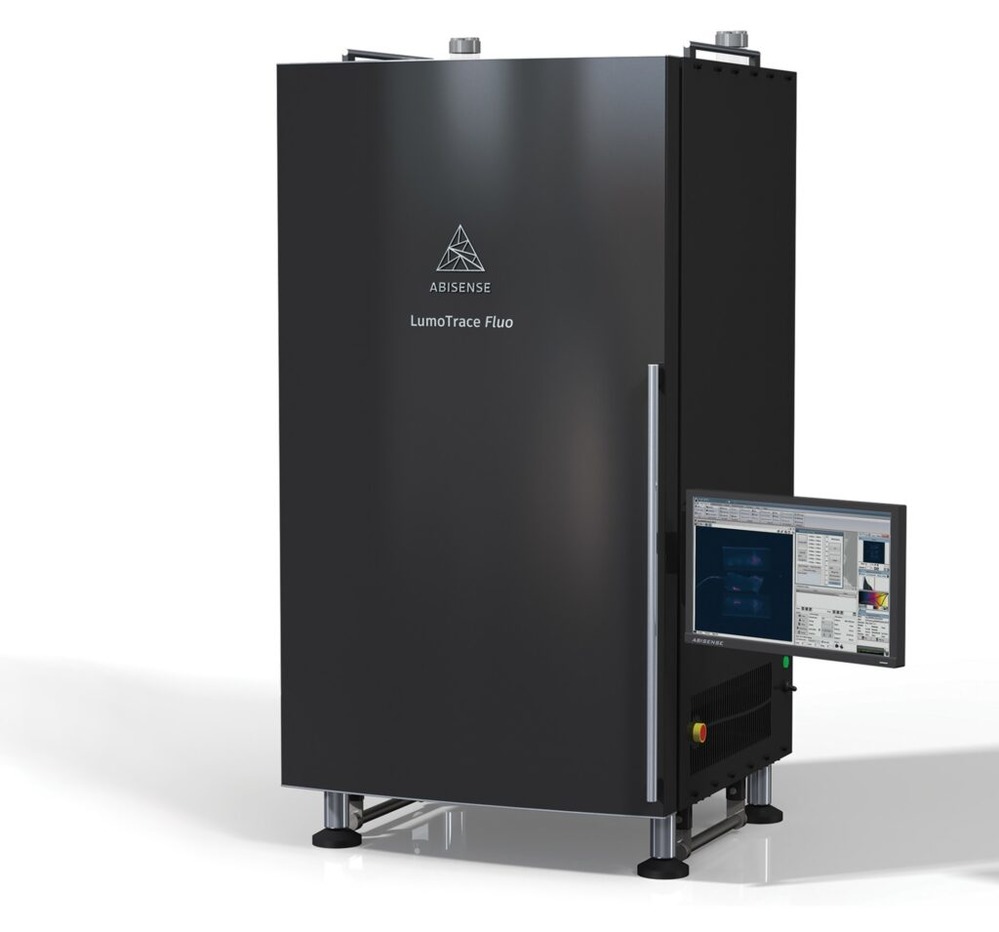Catalog
Search
7 products
View:
- Selected: 0Areas of use
- Selected: 1Item names
- Selected: 0Manufacturer
- Selected: 0Made in
- Selected: 0Additional
View:
7 products

POWDIX 600 X-ray powder diffractometer
A feature of the POWDIX 600 X-ray diffractometer scheme is the vertical Bragg-Brentano optical scheme with a fixed horizontal sample position, which makes working with powdery materials, gels and other viscous substances more practical and convenient.
The high detector resolution and precise positioning of the POWDIX 600 X-ray goniometer achieve an accuracy better than +/- 0.02° (2θ) over the entire angular range.
In the POWDIX 600 diffractometer, the X-ray tube is cooled by an integrated closed water circuit, which can be serviced by any laboratory employee.
A wide variety of sample holders (holder for massive samples, holder with rotation, phoneless cuvettes) expands the functionality of the POWDIX 600 and makes it an invaluable tool for scientific research in solid-state physics, materials science, chemistry, geology and other fields of science
The diffractometer is included in the Russian State Register of Measuring Instruments.
ADVIN Smart Faktory
Minsk
Produced in: Belarus, Minsk

Flame Photometric(FD)
Selective detector for phosphorus and organosulphide compounds. It is used mainly for the analysis of sulfur-containing substances (hydrogen sulfide, mercaptans, thiophenes, etc.). The sensitivity for sulfur reaches 0.1. ppm. In addition, PFD has sufficient sensitivity and selectivity to compounds containing nitrogen, boron, tin, chromium, selenium, germanium, as well as CO, POPS, MgOx, $02, Ma, NOT C52. The selectivity of 5-containing compounds to hydrocarbons is 105.
Technical characteristic:
8,0*10-13 g5/s by sulfur
1.0*10`13 g/s for phosphorus
NPF "META-KHROM"
Yoshkar-Ola
Produced in: Yoshkar-Ola, Mari El

Electronic Gripper (E3D)
Selective detector for organochlorine compounds and other halogens. It is also
sensitive to compounds containing oxygen, phosphorus or aromatic rings, but to a lesser extent. Paraffins and simple hydrocarbons almost do not capture electrons and are not registered. The selectivity to hydrocarbons is 108. It is available in two versions — conventional EDD and micro-EDD,
mainly for capillary columns (the second version is characterized by increased
sensitivity). The level of fluctuation noise is up to 300 MV, the maximum signal is up to 5 V, the design of the ECD allows the use of argon, helium, and hydrogen as a carrier gas, in addition to nitrogen.
Technical characteristic:
4.0*10-15 g/s for lindane
NPF "META-KHROM"
Yoshkar-Ola
Produced in: Yoshkar-Ola, Mari El
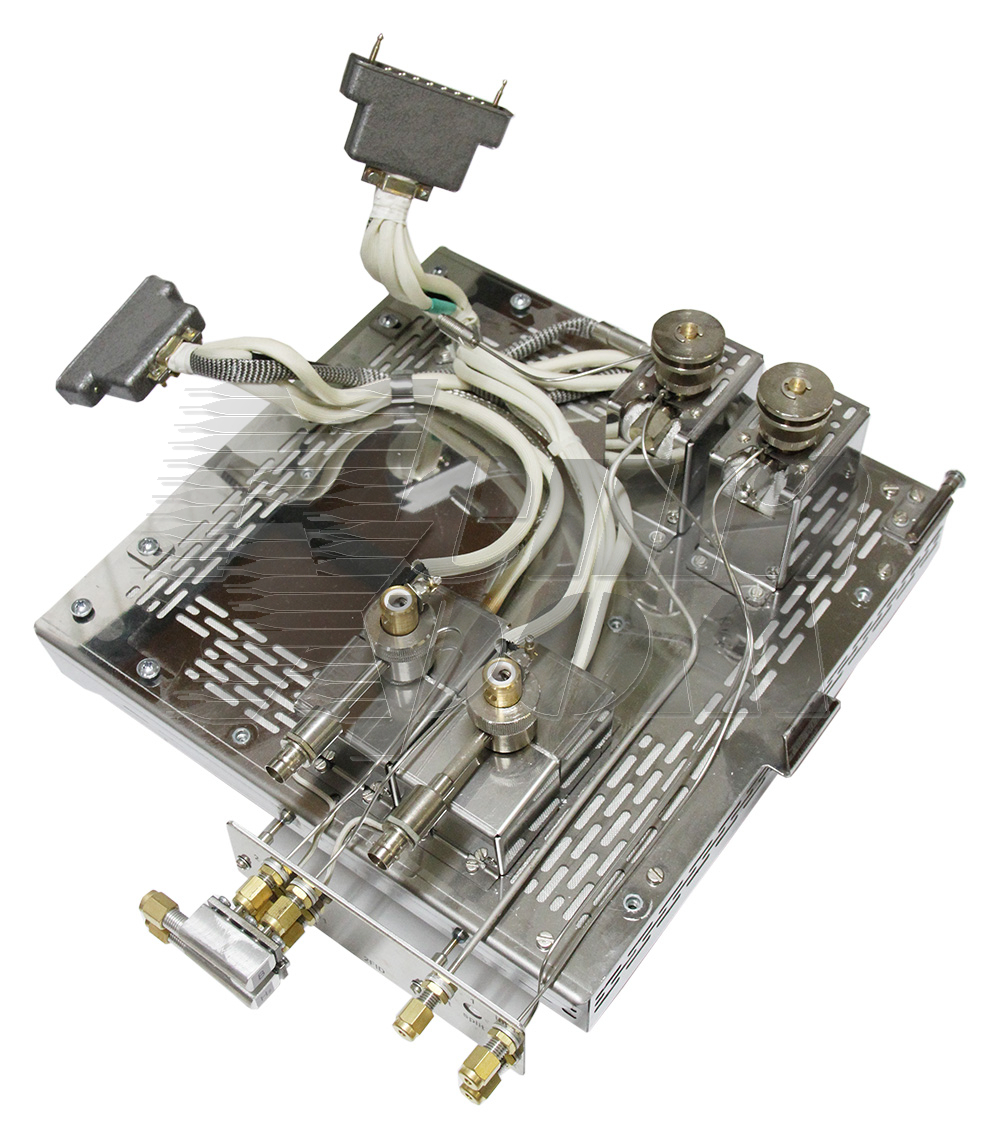
Thermionic (TID)
Selective detector for organophosphorus and nitrogen compounds. It is also sensitive to compounds containing C, Az, but to a lesser extent. The sensitivity depends on the number of heteroatoms in the molecule. Selectivity to hydrocarbons is 104 for nitrogen, and 105 for phosphorus
Technical characteristic:
2.0*10-13 m/s nitrogen
1.5*10`14 g/s for phosphorus
NPF "META-KHROM"
Yoshkar-Ola
Produced in: Yoshkar-Ola, Mari El
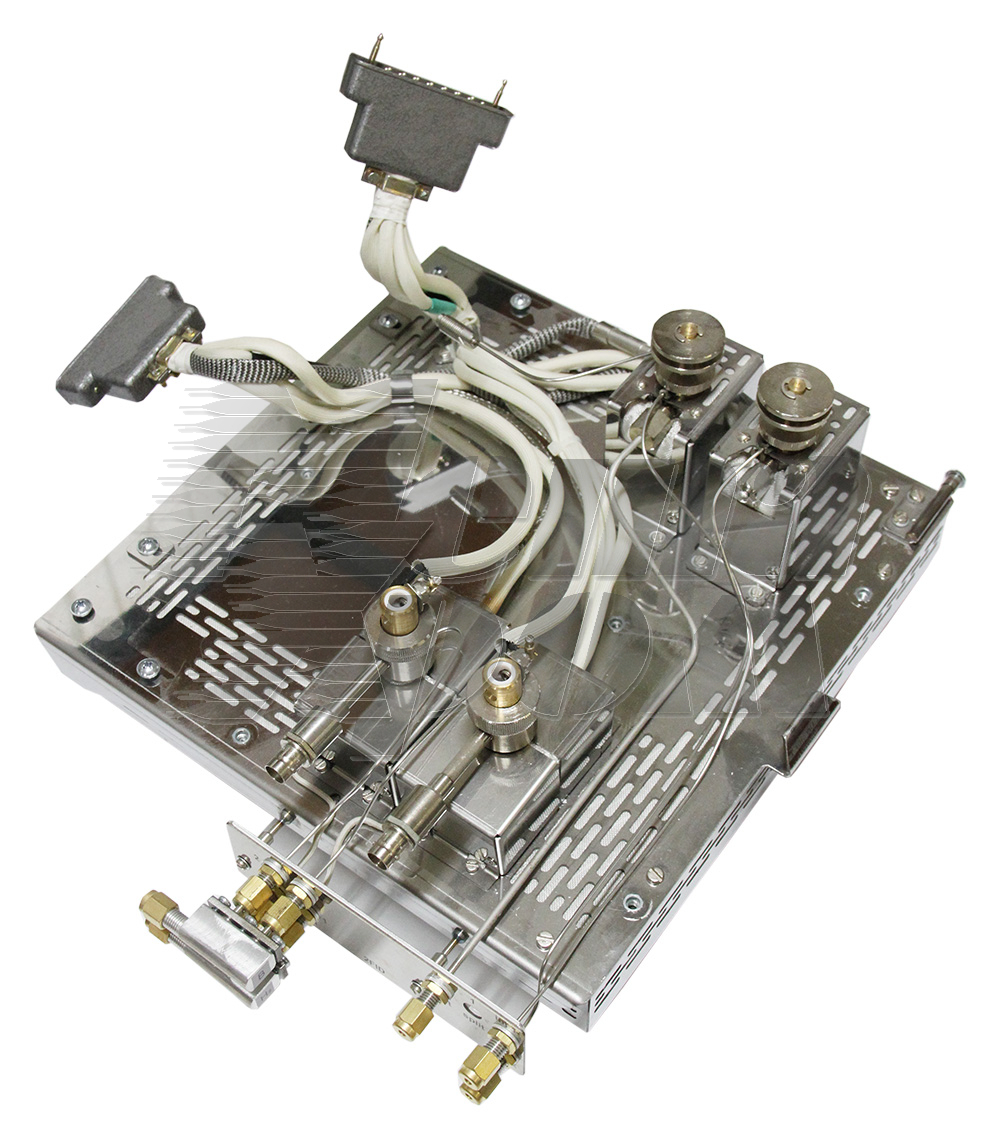
Pulsating Discharge Detector(PRD)
It operates in the mode of a helium ionization detector (GID) and is considered the most sensitive device for determining permanent gases. In addition, it is able to work in the EDD mode.
Technical characteristic:
2.0*10`13 g/s by. methane or hydrogen
NPF "META-KHROM"
Yoshkar-Ola
Produced in: Yoshkar-Ola, Mari El
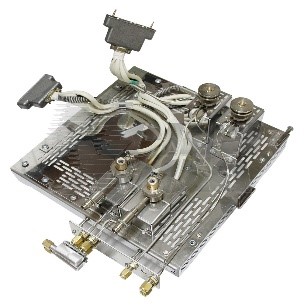
Flame Ionization (PID) for chromatograph
The most common, universal detector that is suitable for the analysis of a wide range of organic compounds. The sensitivity depends mainly on the number of carbon atoms. In combination with a methanator, it allows the analysis of carbon oxides at the level of 0.1 Rt. The level of fluctuation noise is up to 50 MV, the maximum signal is up to 2500 V.
Technical characteristic:
1.2*10712 gs/s for hydrocarbons
NPF "META-KHROM"
Yoshkar-Ola
Produced in: Yoshkar-Ola, Mari El
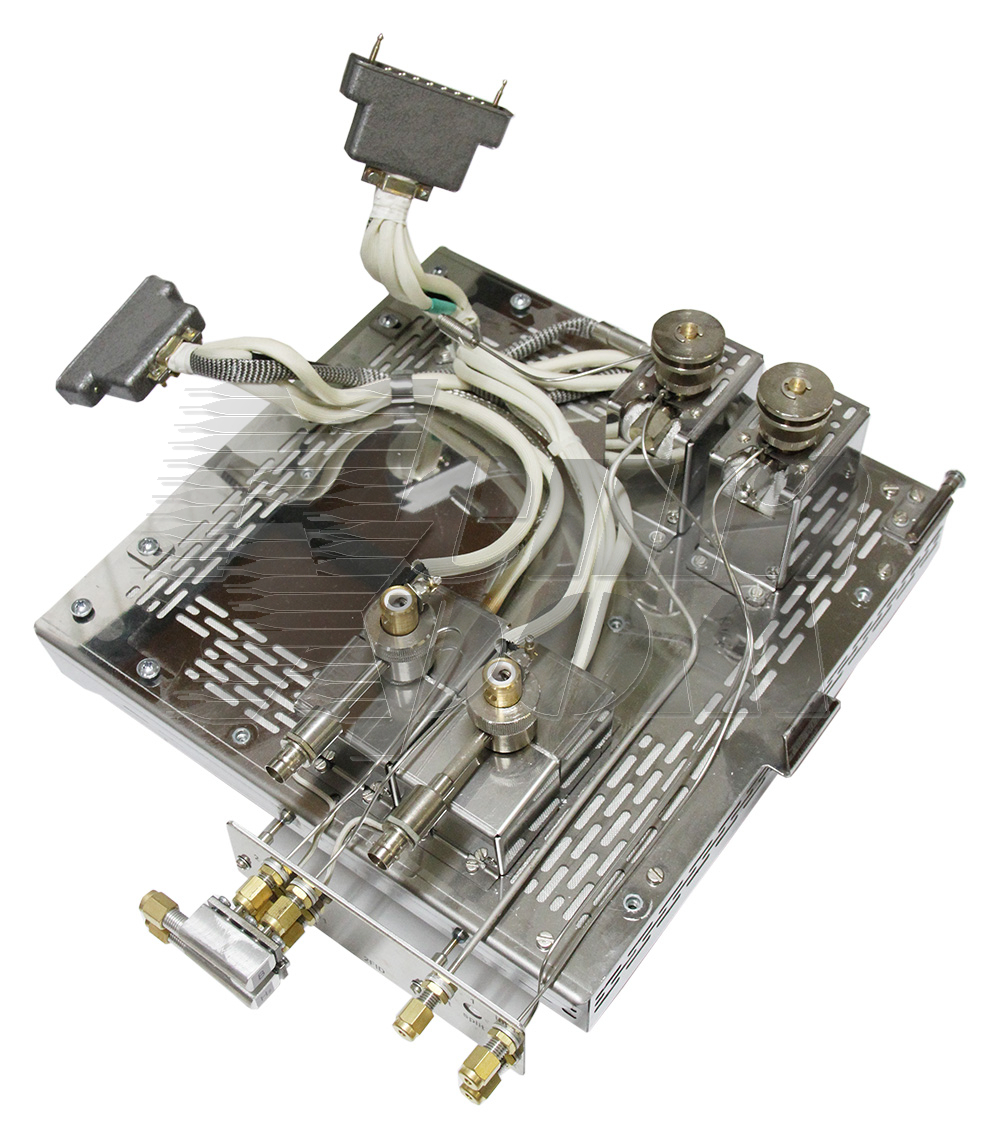
Photoionization (PID)
Partially universal detector. It is used for the analysis of most
organic compounds, including aromatic and aliphatic (except methane) hydrocarbons, heterocyclic compounds, phenols, phthalates, pesticides, amines, ketones, aldehydes, esters, mercaptans. It does not register compounds whose ionization threshold is higher than 10.2 eV (for example, acetonitrile, methanol).
Technical characteristic:
5.0*10`13 g/s for benzene
NPF "META-KHROM"
Yoshkar-Ola
Produced in: Yoshkar-Ola, Mari El
